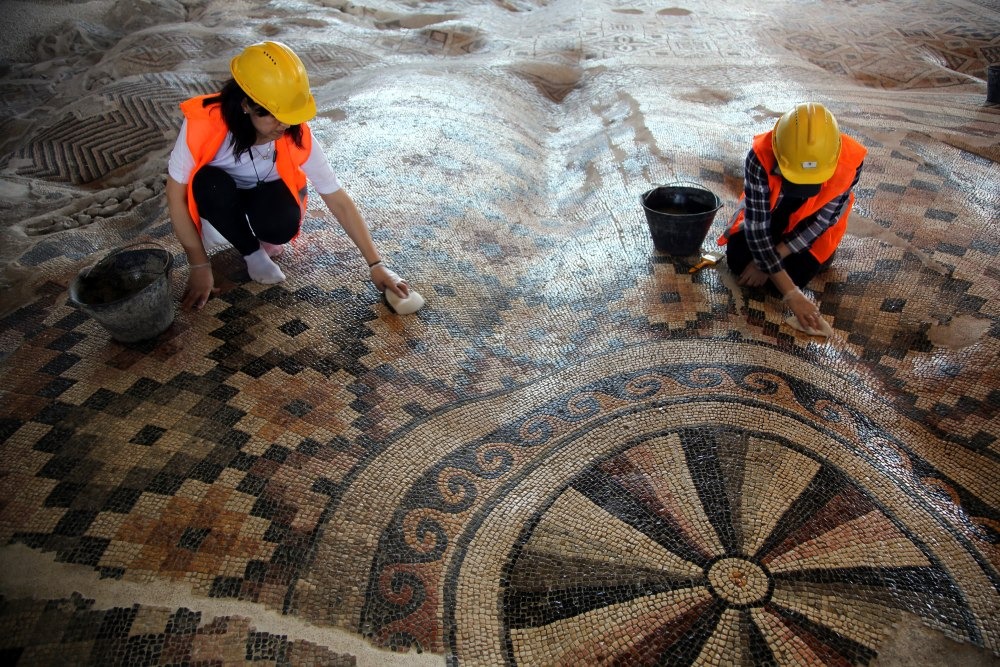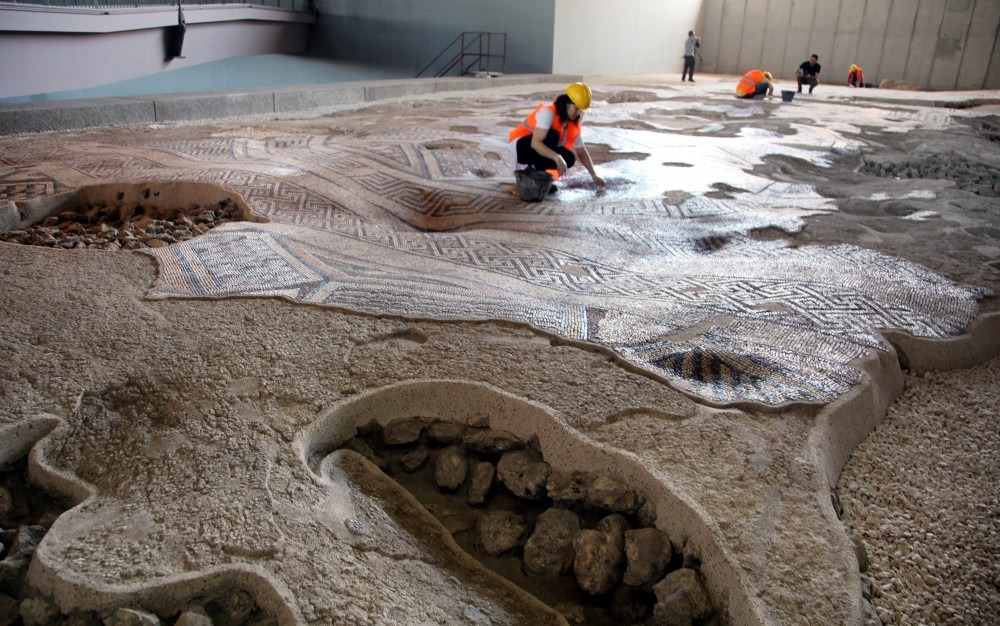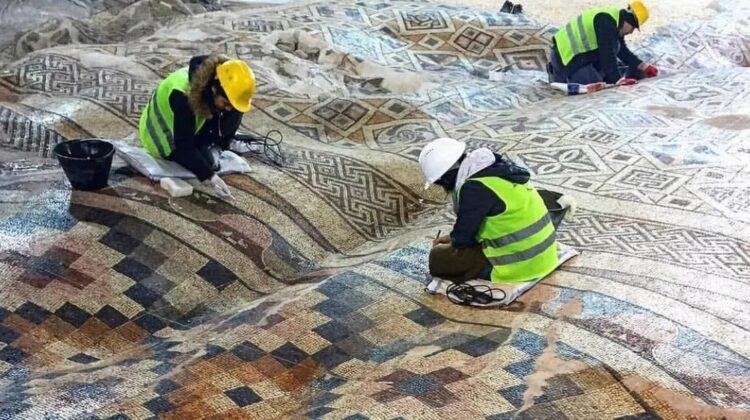
The Antakya Museum Hotel is a significant archaeological site in Turkey today. Workers uncovered a 2,000-year-old mosaic that covers 9,000 square feet (850 square meters) during construction! It’s the world’s biggest mosaic, and it’s a sight to behold.
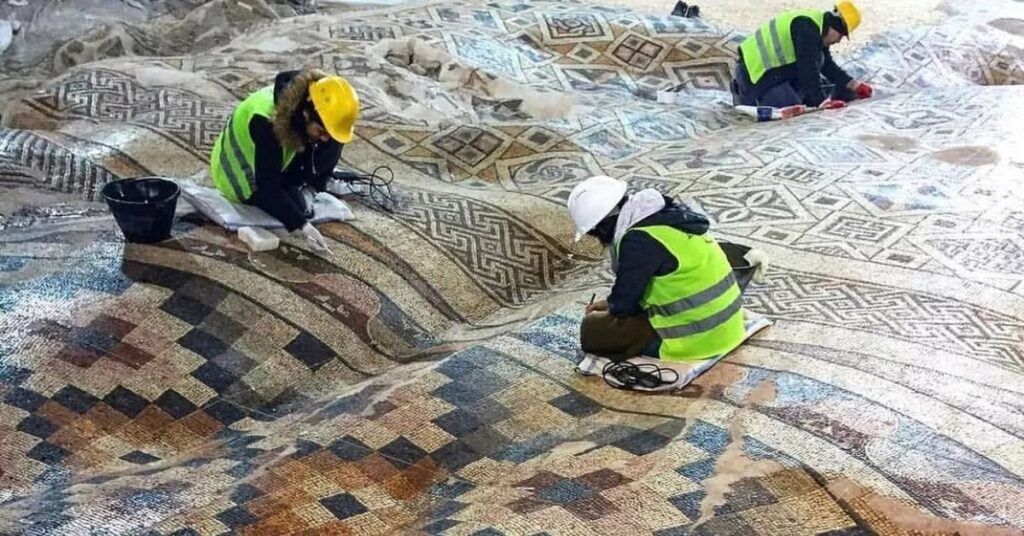
A construction crew digging the foundations of the new Antakya Museum Hotel revealed the massive mosaic, which was just opened to the public as part of the newly completed Antakya Museum Hotel. The revelation was well beyond anyone’s wildest expectations. The world’s largest mosaic, as well as the one that took the longest time to produce, was hidden beneath the foundation of the future hotel.
Archaeologists think this massive mosaic tile, with its complicated geometries, was the floor of a public building in Antioch, one of the Seleucid Empire’s most significant towns. Although it was damaged by a series of large earthquakes in 526 and 528 A.D., part of the damage merely added to the mosaic’s stunning aesthetic features, as it stayed linked to the floor and substantially intact even as the foundation itself undulated violently. This undulation gives the impression that the work is made up of a few acres of gently sloping hills covered in a large, magnificent carpet.
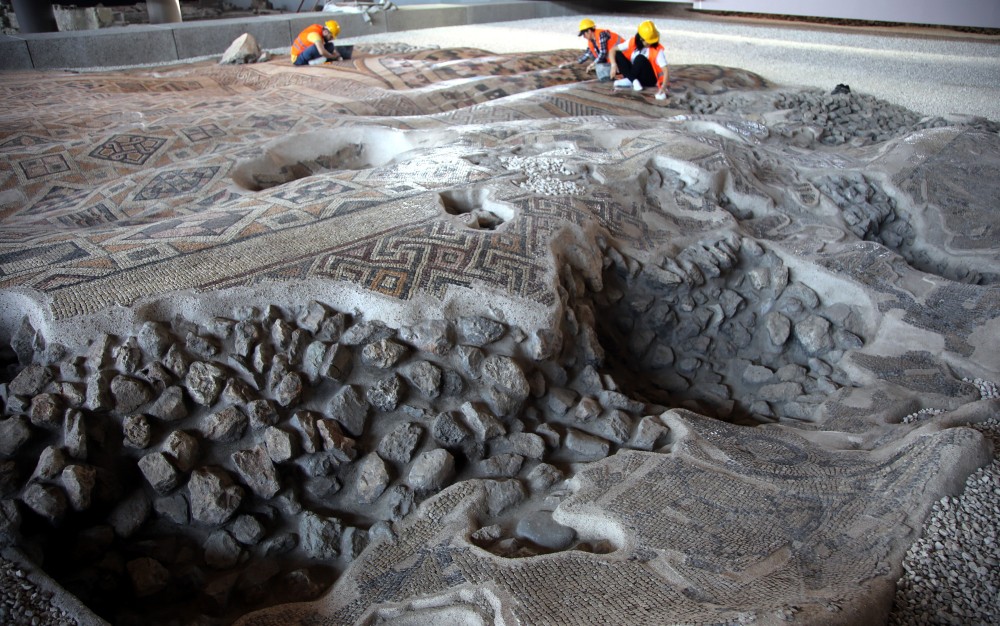
Antioch, founded in 300 B.C. by Seleucus I Nicator, one of Alexander the Great’s successor generals, was the capital of the Seleucid Empire until it was overrun by Rome in 63 B.C. Because of its strategic location, it became an important trading crossroads between the Mediterranean and the East, and therefore the governor’s seat.
Antioch had a population of half a million people in its heyday and was so important that it was regarded a contender to Alexandria and subsequently Constantinople as the Roman Empire’s second most important city.

The Hatay Archaeological Museum features an unrivaled collection of Roman mosaics from this time, the majority of which were excavated and preserved indoors. The sheer size of this mosaic, however, necessitated a different method. Instead of lifting the mosaic, or a portion of it, or covering it for safety and erecting a structure over it, archaeologists and architects collaborated to construct a hybrid: a museum hotel.
Visitors can now see the astonishing artwork below thanks to a platform connected to structural columns put into the underlying riverbed. The hotel’s facilities – ballroom, conference rooms, pool, and gym – were erected on top of the columns on a platform.
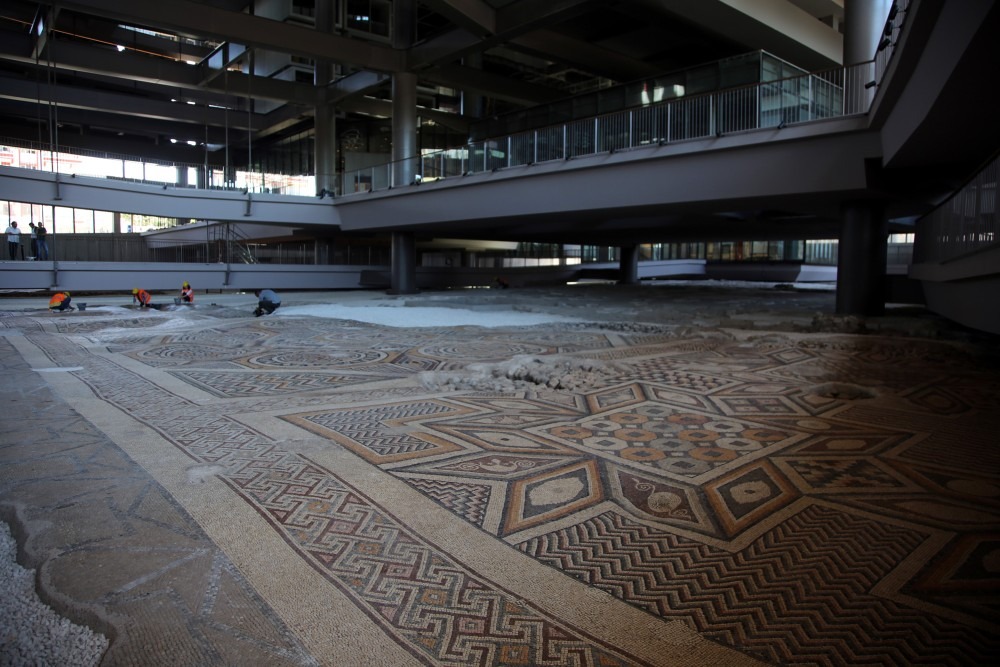
One of the most striking aspects of the Antakya mosaic, apart from its enormous scale, is the length of time it took to complete. It started approximately 300 BC, when the Greeks ruled Antioch, and lasted until the 1200s AD.
Thirteen separate civilizations are said to have contributed to the mosaic throughout those fifteen centuries! The donors came from a variety of cultures, including the Greeks, Romans, Byzantines, Arabs, Crusaders, and Egyptians.
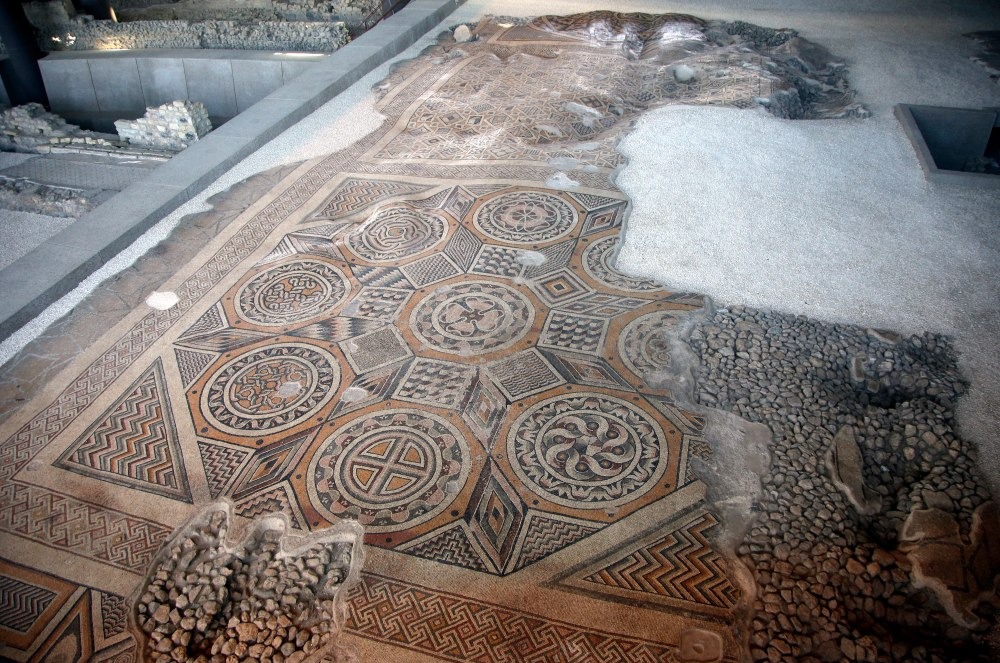

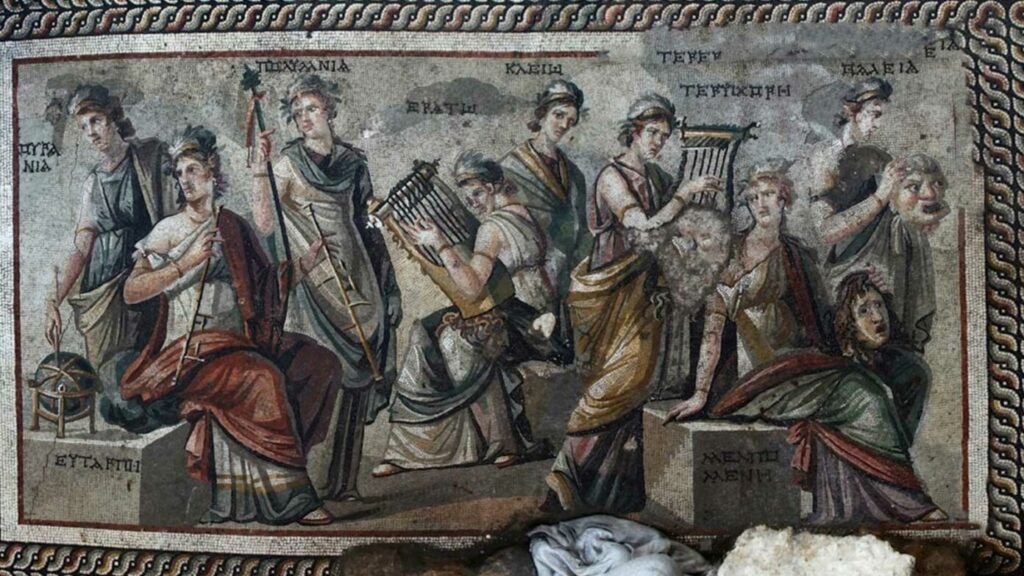

As a result, it was truly a global effort! And the end product is stunning.

